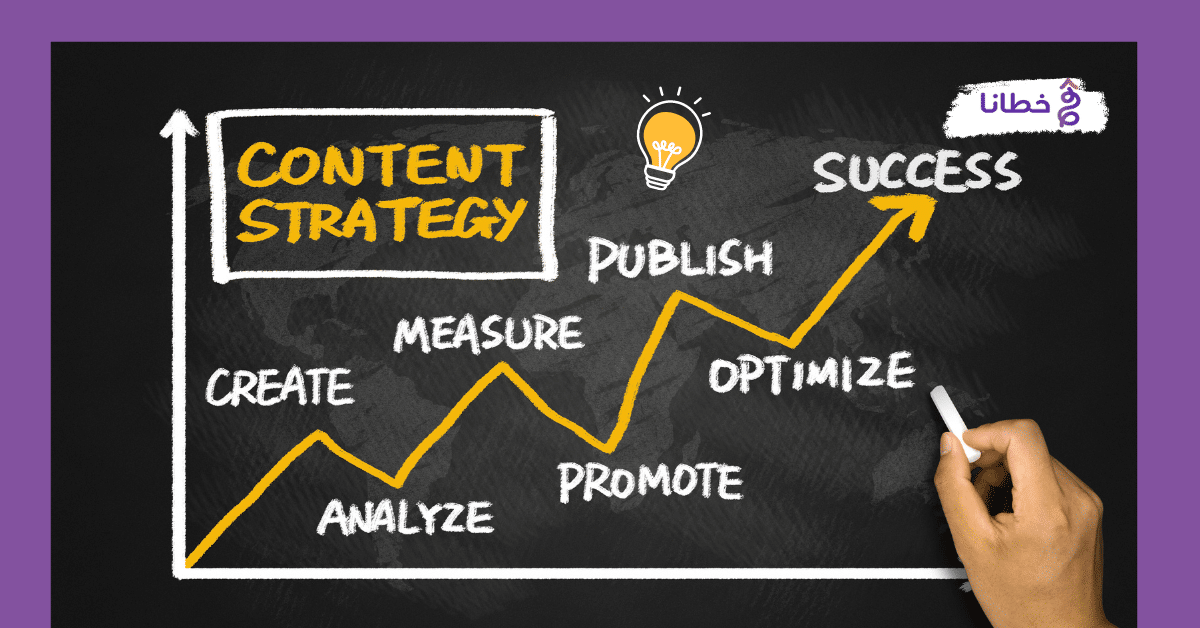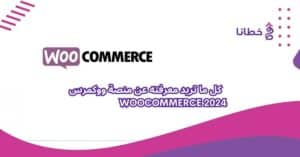table of contents
In the competitive world of the web, developing outstanding website content is crucial to the success of any online project. These guidelines will help you create engaging and valuable content for your website visitors.
Creative ideas for updating the content of a distinctive website:
- Create personal and engaging content: Add a human touch to your content through customer stories, interviews with experts, or even personal essays from your team.
- Diversify your content types: In addition to text articles, create content in different formats such as podcasts, videos, infographics, and case studies.
- Create interactive content: Create interactive tools such as calculators, personality tests, or games related to your site’s topic to boost engagement.
- Leverage hot topics: Monitor current trends and issues in your industry and use them to create relevant and valuable content for visitors.
- Use SEO techniques: Optimize keywords, titles, and descriptions to increase your site’s visibility in search results.
- Use multimedia: Incorporate images, videos, and interactive graphics into your content to capture visitors’ attention and further engage them.
- Create content tailored to your target audience: Analyze your customers’ needs and create content that effectively addresses those needs.
Website content development elements
There are several key elements to focus on when developing website content:
- Search Engine Optimization (SEO): Using appropriate keywords and optimizing titles and descriptions to improve your site’s visibility in search results.
- Diversify your content: Use a mix of articles, videos, images, infographics, and more to engage your visitors.
- Create valuable and relevant content: Content should be useful, interesting, and respond to customer questions and concerns.
- Improve performance factors: Focus on loading speed and organized content layout to improve user experience.
- Identify your target audience: Understanding your target audience’s needs and preferences is the foundation for building effective content.
- Performance monitoring and analysis: Use site analytics tools to measure and continually improve content performance.
- Engage with visitors: Encourage participation and comments by inviting visitors to interact with the content.
- Continuous updating: Keep content fresh and relevant through regular updates.
How do I manage website content? Steps to manage website content
1. Defining goals and vision: In this stage, the primary goals of the website and the vision it seeks to achieve are determined. This includes identifying the target audience, the content to be provided, and the services or products to be offered.
2. Create engaging and valuable content: After defining goals and a vision, high-quality content is created that meets user needs. This includes writing articles and content, creating images and videos, and designing graphics and banners.
3. Content organization and management: Content is organized in a logical and user-friendly manner, with appropriate tags and categories added to facilitate searching and browsing. Content is also updated regularly to ensure the site’s continuity.
4. Search Engine Optimization (SEO): Focuses on improving website content to be search engine friendly, by using appropriate keywords, improving loading speed, and improving website structure.
5. Performance Analysis and Measurement: Website performance is tracked and monitored through analytics and statistics, such as visitor count, bounce rates, and user engagement. This data helps us continually improve our content and strategy.
6. Participation and Interaction: Users are encouraged to participate and interact by adding commenting and sharing features on social media. This helps increase user engagement and build relationships with them.
In general, managing website content requires planning, organizing, and continuously improving content in line with the site’s goals and users’ expectations.
Website content development requirements
1- Know your target audience
The key to successful website content development is understanding your target audience. Who are they? What are their interests and expectations? What problems do they face and what solutions are they seeking? Based on this information, you can create content specifically designed to meet their needs.
2- Focus on the quality of the content.
Don’t just focus on creating quantity, but also quality. Provide valuable and relevant information, use clear and concise language, and ensure that your content is well-organized. Remember, good content is the foundation for your website’s long-term success.
3- Use multiple formats
Don’t limit yourself to just written text. Use a variety of content formats, such as images, videos, charts, and infographics. This will make your content more engaging and easy to interact with.
4- Optimize content for SEO
Make sure your website content is optimized according to good SEO practices. This includes using appropriate keywords, optimizing page titles and descriptions, and creating strong internal links.
5- Publish content regularly
Don’t just create great content once. Update your website regularly with fresh, relevant content. This will help keep your visitors engaged and improve your search engine rankings.
Updating website content, its importance and benefits:
Updating website content is crucial to its success and sustainability. Here are the importance and benefits of updating content:
1- Maintaining relevance and importance:
- Updating content regularly helps keep your site relevant to users and keep it constantly relevant.
- Ensures that the information and data provided on the Site is the most up-to-date and accurate.
2- Improve search ranking (SEO):
- Constantly fresh and updated content helps improve a site’s ranking in search engine results.
- Search engines prefer sites that update their content regularly.
3- Increase visits and participation:
- Fresh and lively content encourages users to visit the site repeatedly.
- Increase user engagement by interacting with new content.
4- Improving user experience:
- Helps keep the site modern and up-to-date with developments and trends.
- Constant updating of the site keeps it attractive and interactive.
5- Competition and visitor retention:
- Updating content regularly helps you compete with other sites in the same niche.
- Helps retain existing visitors and attract new ones.
In general, regularly updating website content has significant benefits in maintaining the site’s attractiveness and user engagement, improving its search engine rankings, and increasing traffic and engagement. This contributes to the site’s long-term success.
What are the best ways to update website content effectively?
There are several effective ways to update website content regularly and successfully:
1- Set a schedule for updating:
- Create a clear schedule for updating content, such as weekly or monthly.
- Maintain this schedule regularly to ensure continuous updates.
2- Review the current content:
- Review the content on the site and identify areas that need updating.
- Look for outdated or inaccurate content that needs updating.
3- Adding new and useful content:
- Create new and valuable content that adds value to visitors, such as new articles or product updates.
- Create a variety of content such as text, images, and videos.
4- Update basic information:
- Update basic information such as contact details, business hours, and current offers.
- Ensure that all information on the site is accurate.
5- Improve performance and design:
- Use search engine optimization (SEO) techniques to improve your site’s ranking.
- Update your website design and improve its performance to ensure a smooth user experience.
6- User engagement:
- Involve users in the content update process by asking for their feedback and suggestions.
- Respond to user feedback and make updates that meet their needs.
By following these strategies, you’ll be able to update your website content effectively and consistently, which will improve user experience and increase traffic and engagement.
What types of content attract visitors the most?
There are many types of content that can effectively attract visitors to your website. Here are some examples:
1- Visual content:
- Attractive images and visual content such as graphics and infographics.
- Professional, informative and entertaining videos.
2- Interactive content:
- Quizzes, surveys, and games that engage visitors.
- Interactive tools such as calculators and comparators.
3- Educational and guidance content:
- Specialized articles and topics that provide valuable information.
- Directions and instructions on how to do certain things.
4- Entertainment and creative content:
- Funny and lighthearted content that can attract attention.
- Interesting and entertaining stories and articles.
5- Personal and social content:
- Blogs and personal stories that create a connection with your audience.
- Interactive content that encourages sharing and comments.
6- Continuously updated content:
- Regular updates of current content and new additions.
- Live and immediate coverage of relevant news and events.
By choosing a diverse mix of these different types of content, you’ll be able to capture and engage visitors effectively. The most important thing is to focus on providing real value and capturing their interest.
What tools can be used to create engaging visual content?
There are many great tools that can be used to create engaging visual content, here are some examples:
1- Image making:
- Adobe Photoshop – a powerful and advanced tool for editing images and graphics.
- Canva – Easy-to-use graphic design tool with ready-made templates.
- Snapseed – A mobile app for easy photo editing and enhancement.
2- Creating graphics and infographics:
- Piktochart – A platform for creating engaging infographics and charts.
- Vecteezy – A huge collection of free graphics and vectors.
- Visme – A tool to easily create professional graphics and infographics.
3- Video production:
- Powtoon – A tool for creating presentations and short videos.
- Animaker – a platform for creating simple animated videos.
- Lumen5 – A tool for converting articles into interactive videos.
4- Sound and music editing:
- Freesound – A large library of free sound effects and music.
- BenSound – Another site to download free audio and music clips.
- Audacity – a free program for editing and processing audio files.
Using these various tools, you’ll be able to create engaging and effective visual content that can capture the attention of your website visitors.
The role of Khutana E-marketing services and search engine optimization in developing website content
Khutana, a digital marketing and search engine optimization company, has played a significant role in developing website content for numerous companies and organizations. Here are some of the key roles it has played:
1- Analysis of the current content of khutana e-marketing:
- Areas that need improvement and development to enhance the user experience have been identified.
- Khutana team analyzed the website content and assessed its strengths and weaknesses.
2- Creating attractive and purposeful content from khutana e-marketing:
- KhutanaOur team created new content that aligned with the brand’s goals and target audience.
- The focus was on creating content that added value to visitors and met their needs.
3- Search Engine Optimization (SEO) from khutana e-marketing:
- The company has improved the technical performance of the site and improved search engine ranking factors.
- The correct keywords and appropriate search terms were used.
Read about: 10 SEO Strategies for Search Engine Optimization
4- Creating multimedia content from khutana e-marketing:
- Khutana team developed engaging visual content such as images, videos, and infographics.
- This multimedia content has contributed to increased user engagement.
5- Performance management and analysis from khutana e-marketing:
- The company monitored the performance of new content and analyzed data and metrics.
- Continuous improvements were made based on the results of the analyses.
Overall, khutana efforts have contributed significantly to developing website content in line with e-marketing and SEO best practices, improving user experience, and reaching the target audience. By following these guidelines, you’ll be able to develop outstanding, SEO-compliant website content, which will help attract more visitors and achieve long-term success for your site. We welcome your suggestions for improving website content through comments. You can also now subscribe to our free newsletter to receive all our new posts.
Questions about the article 7 Creative Ideas for Updating the Content of a Distinctive Website
How do I update my website content?
Align your design with current trends.
Check your website data.
Evaluate your competitors’ websites.
Add powerful multimedia elements.
Optimize your search engine.
Run simple A/B tests.
Review current content and design.
Gather inspiration.
How do you get ideas for creating content?
Get inspired by others in your field/industry. Look at what others are doing and get inspired. Never copy, but just get an idea of what’s trending and what new social media tricks or trends people are doing. This will help inspire you on what topics you should create!
What are the four steps to creating dynamic content?
Create different forms of content for each slide.
Segment your audience into meaningful segments.
Collect and analyze your customer data.
Test and improve.
What is dynamic content in SEO?
Dynamic content is website content that changes based on user behavior, interaction with the website, or some other characteristic. Dynamic content, also referred to as adaptive content, delivers personalized content based on the user.
We respect and value your time... half an hour to grow your project
































